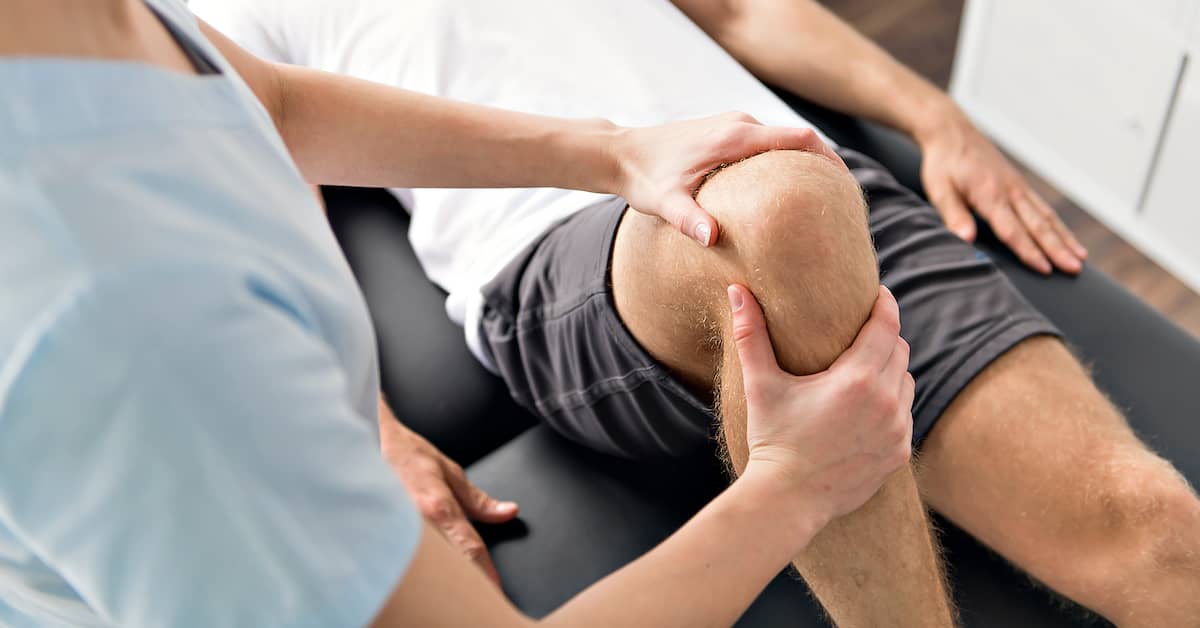One frequent hands-on treatment method is spinal adjustment. This technique involves using precise pressure to the spine to enhance positioning and decrease discomfort. Studies has demonstrated that vertebral manipulation can be effective in treating lumbar spinal discomfort and neck discomfort. Another method is soft tissue manipulation, which concentrates on reducing tightness in the muscles and connective structures. This can help reduce rigidity and enhance flexibility, making it simpler for patients to navigate without discomfort. Both techniques can be tailored to meet the individual requirements of each patient, ensuring a custom approach to treatment.
In addition to pain alleviation, manual therapy can improve client results in multiple aspects. For example, it can boost circulation, which helps supply oxygen and nutrients to the injured areas of the body. Improved circulation can also encourage healing physical therapy for balance disorders and alleviate inflammation. Additionally, manual treatment can help patients develop better body awareness, which is essential for preventing future injuries. By understanding how their bodies move, patients can make more informed choices about their activities and alignment, leading to long-term benefits.
The effectiveness of manual therapy is often supported by patient responses. Numerous patients report significant improvements in their discomfort intensity and overall function after undergoing care. This positive response can lead to greater drive for clients to participate in rehabilitative exercise and rehabilitation exercises. When clients feel improved, they are much likely to participate in their rehabilitation journey, which can further enhance their outcomes. This cooperative approach between the therapist and the patient is crucial for achieving enduring outcomes.
In conclusion, manual therapy methods play a critical role in relieving muscle and joint discomfort and enhancing patient outcomes. By using techniques such as vertebral manipulation and soft tissue manipulation, medical professionals can help patients recover mobility and reduce pain. The benefits of hands-on therapy go beyond instant discomfort alleviation, as it also promotes recovery and encourages patients to take an active role in their rehabilitation. As an increasing number of individuals seek effective treatments for musculoskeletal issues, hands-on treatment continues to be an essential option in the realm of healthcare.
